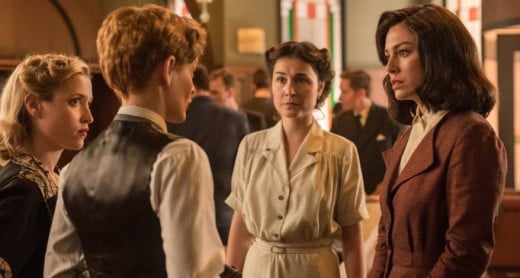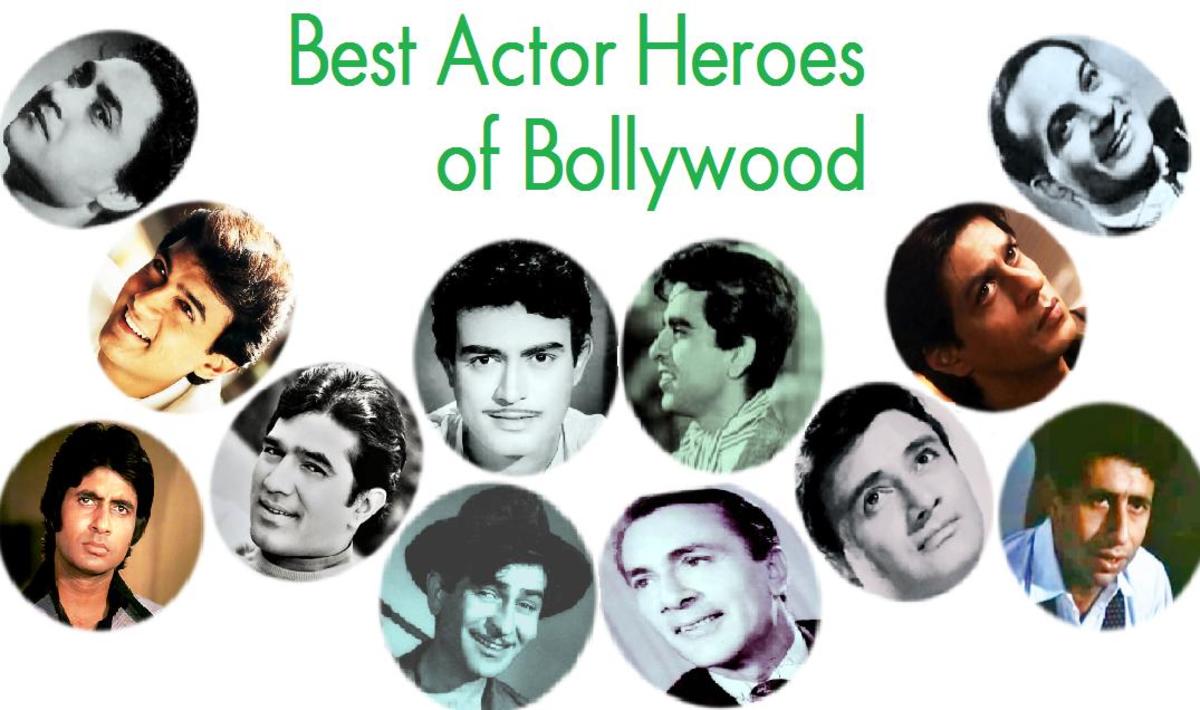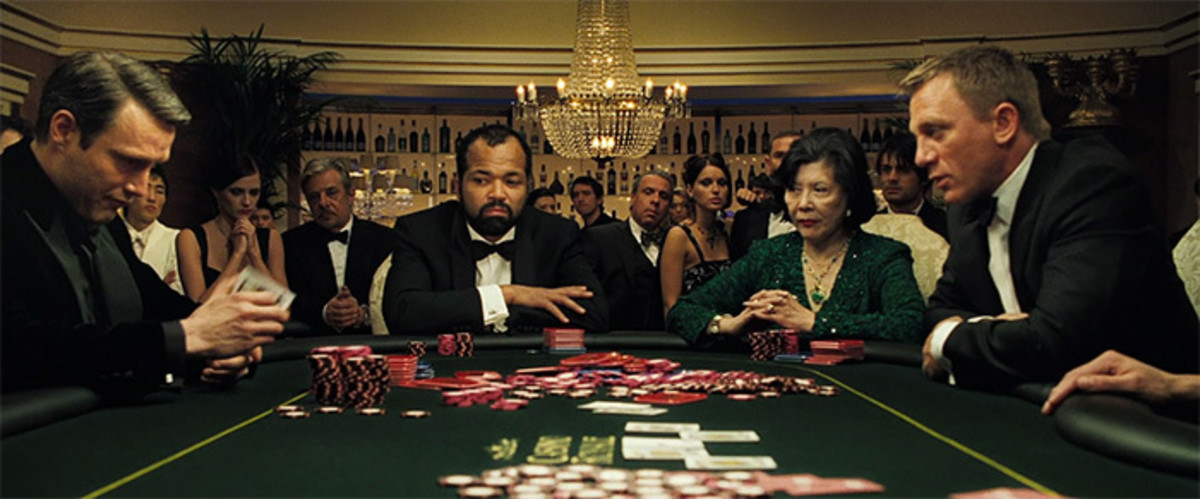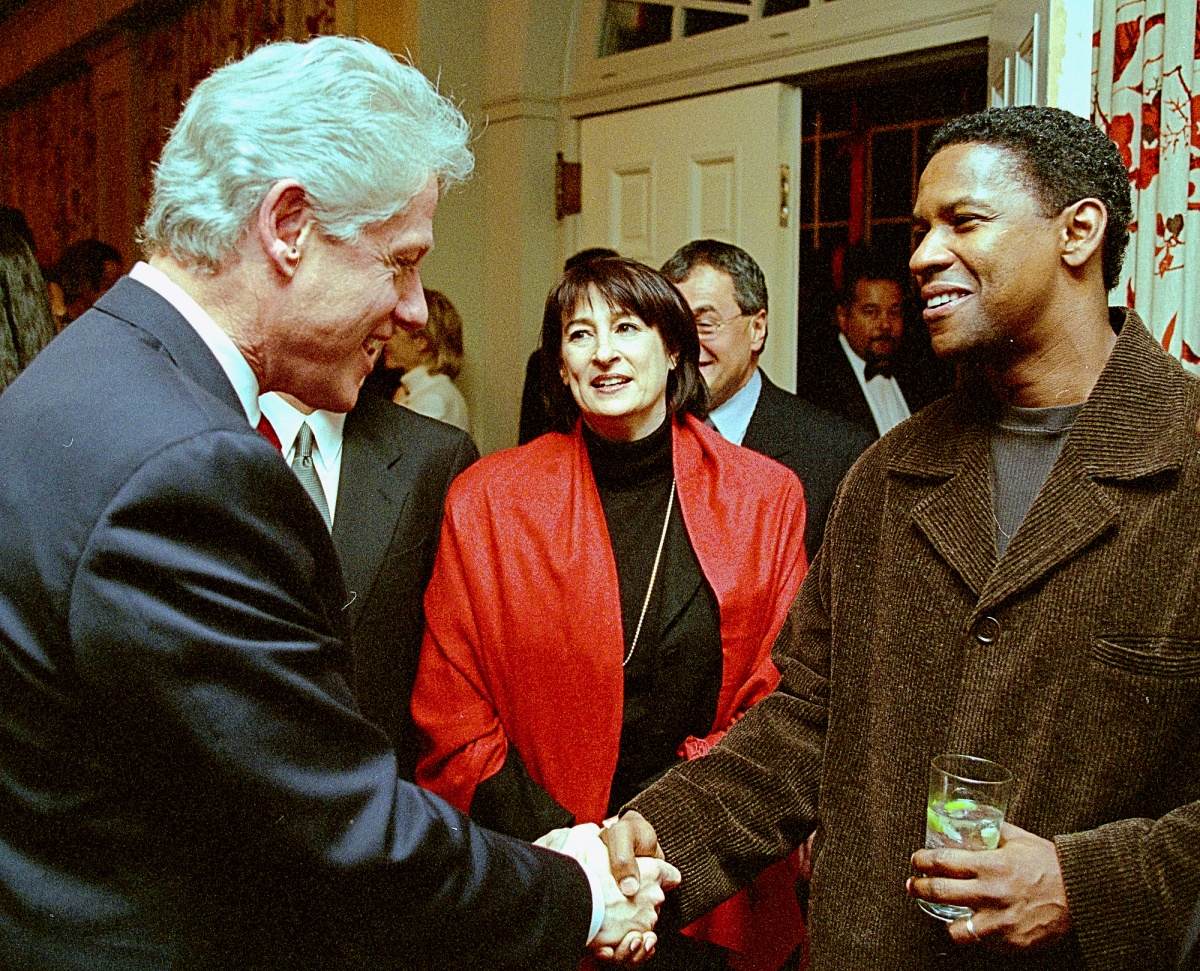How Movies Objectify Women
"A lie repeated thousand times becomes truth." Whether we admit it to ourselves or not, all the media has a great influence on us, from imposing topics we will think about to shaping the way we think. Often what we see in the media world becomes a reality for us. We watch movies full of stereotypes, we listen to the same kind of music and in the end, we trust the same kind of media. The position of women has changed a lot in the last few decades, but the way women are portrayed in the media has not changed much.
Women as meaning bearers
Thanks, mostly, to feminist movements, today women have the same chances as men to get professional roles and jobs such as doctor or lawyer (Gilpatric, 2010). From 1960 to 1990, the number of female characters with leading roles increased from 12% to 32%. (Neuendorf et al., 2010). However, the women in the film generally have a passive role and serve to provide visual pleasure through their appearance and through identification with the male actor on screen. Laure Mulvey says that “in their traditional exhibitionist role, women are at the same time viewed and portrayed, and their appearance is tied to strong visual and erotic influence,” and as a result argues that in the film, women are “meaning bearers, not meaning-makers”.
The research shows that in the 56 best films in North America, Scandinavia, Africa, Asia, Latin America and Europe, women and girls are four times more likely to be shown in revealing clothing than men, then, they are almost twice as likely to be shown partially naked, and they are four times more likely to be shown completely naked (1). It has been found that excessive sexualization of female roles in popular Hollywood movies has a negative impact on the self-esteem of young girls and can force them to change their bodies to look more like actresses from movies and series [1].
However, research has shown that black women are exposed to stereotyping that goes beyond sexual objectification. Young black women are presented as angry, arrogant, ignorant and loud women. Also, black characters in films usually portray professional athletes, servants, musicians and criminals. They play roles that have a lower status than the roles of white people (2).
"As far as the media themselves are concerned, women in many shows are presented in a stereotypical way - in advertisements they are mostly housewives, often only sexual objects. Many reality shows emphasize the importance of a woman only in the sphere of her physical appearance, while neglecting her intellectual abilities. If we add Turkish, Spanish, Indian, but also domestic series in which women are mostly presented in the same way described - there are only few programs left in which we can see a woman as she is: capable, strong, emotionally intelligent, brave. A lot of effort needs to be invested in society, in all spheres, starting from education and family relations where everything starts, to jobs and media performances in order to make some substantial change for the better ", explains senior assistant Amela Delic.
When it comes to movies, of course it is not true that only women are victims of stereotyping. There is a lot of stereotypes and racism in movies, which is most often portrayed in a humorous way. Just as we are "accustomed" to stereotypes in movies, that we now hardly notice them, we are accustomed to the role of a woman as a visual element that has a role to attract our attention. The popular series of the nineties "Baywatch" is one of the series that has achieved great popularity thanks to the objectification of not only women but also men. “The trademark of the series were attractive lifeguards running in slow-motion, primarily Pamela Anderson and Hasselhoff” (3). The series had the highest ratings during its broadcast, everyone talked about it, and critics can with certainty say that every person watched at least one episode during the 1990s.

Recently, movies started taking taboo topics more seriously. We have the opportunity to see more and more movies dealing with the problems of the LGBT population, movies that talk about racism, nationalism and politics. However, the rate of objectification of women in films is still high.
Data collected by researchers from the USC Annenberg and the Harnisch Foundation show that, for the purpose of a role in a movie, 27.9% of women should wear sexually attractive clothing and 26.4% of them should wear clothing that reveals their chest, legs or other body part in front of the camera. Women make up less than one-third of the characters who have speaking roles, and less than one-quarter of the lead roles. This makes these percentages even more alarming: women are less visible in movies, but when present, they are exponentially more likely (about three times more than men) to be taken in a sexual way.

On the other hand, it is encouraging that there are films that deal with the problems women face in society and that contribute to something more than mere objectification. One example is the Spanish series "Las Chicas del Cable", or in our language "Cable Girls". Although this series deals with the problems women face in the 1920s and 1930s in Madrid, these problems do not differ much from the problems in today's modern society. The story follows the lives of four women who face domestic violence, belittling, insults and other obstacles as they try to fight for their rights in a world where men have the main say.

Objectification and stereotyping of not only women but also men has always been present in society. Media is mirror of our society. It represents the reality in which we live, and such a reality of ours is unfortunately reflected in the media.








